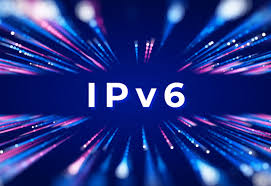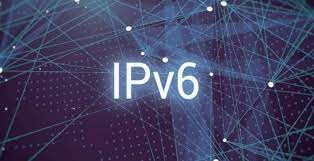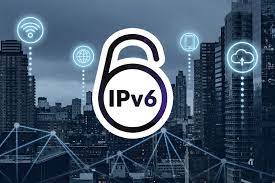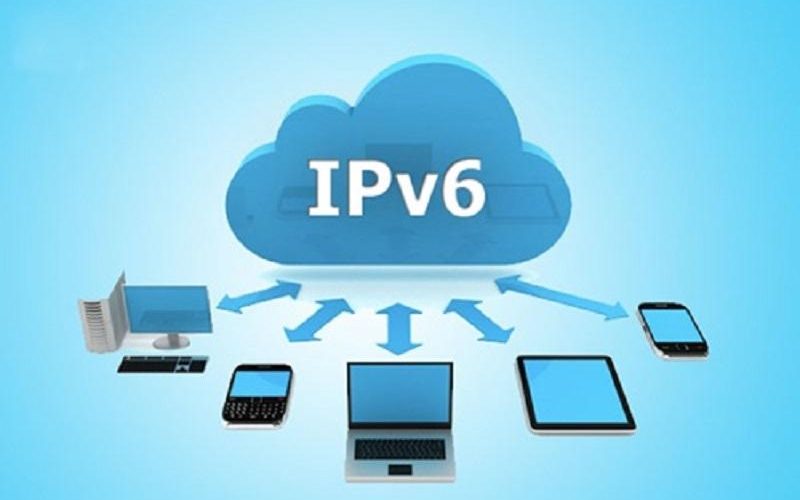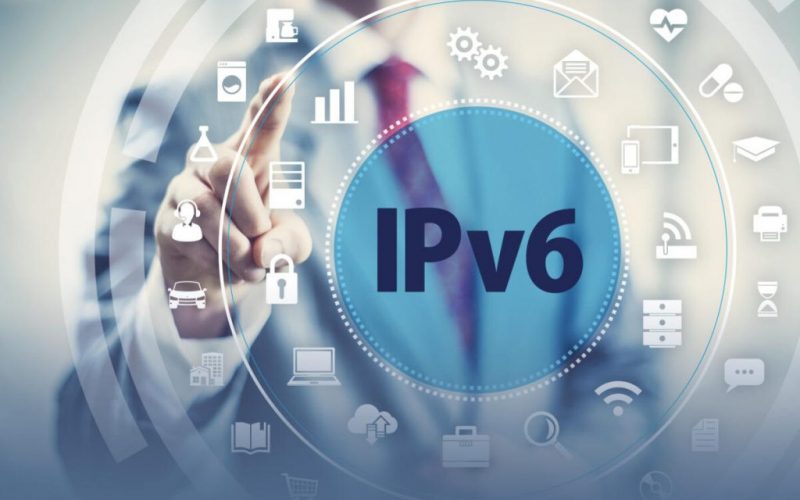13
Nov
Configuring IPv6 addresses on network devices involves several steps. Here's a general overview of the process: Enable IPv6 on the Device: Ensure that the device supports IPv6 and that IPv6 is enabled on the relevant interfaces or globally on the device. Assign Global Unicast Addresses: Global unicast addresses are used for communication on the IPv6 internet. To assign a global unicast address to an interface, you typically use the Stateless Address Autoconfiguration (SLAAC) or Dynamic Host Configuration Protocol version 6 (DHCPv6) methods. SLAAC: With SLAAC, devices generate their own addresses using the prefix received from a router advertisement (RA) message.…
